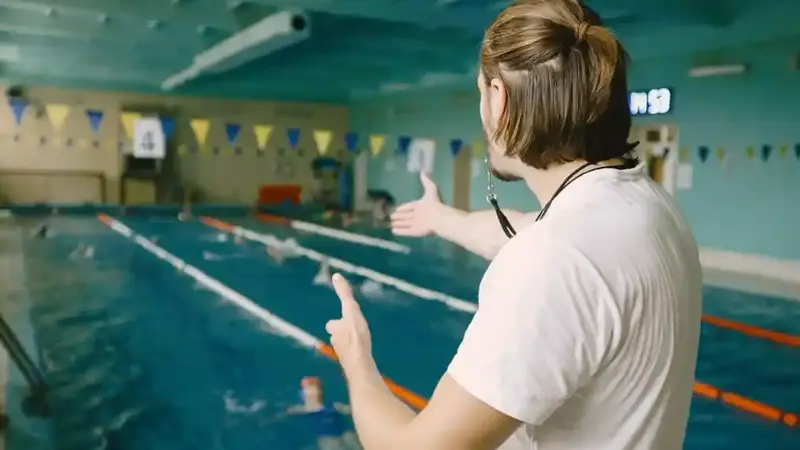Normally, pools are commonly regarded as relaxation and recreational setups during the summer months, with plenty of people frequenting them. Most swimming pools are thus chemically treated with disinfectants such as chlorine, bromine, or others to assure their suitability for swimming. Swimming pool disinfectants act on harmful microorganisms, causing waterborne diseases; however, their efficiency in entering the inhaled air also brings adverse effects on respiratory health. Knowledge of swimming pool chemicals that might cause lung damage is more commonly understood by pool owners and swimmers compared to other people working in treated pool water for long hours.
The Role of Pool Chemicals
Chlorine, as an active agent in the swimming pool, usually acts as a disinfectant by killing bacteria, viruses, and algae. When chlorine comes into contact with organic material in the pool, it produces chloramines, unpleasant-smelling, odorous compounds-normally associated with pools. Bromine is also used for indoor pools or pools associated with spas. It also forms such volatile materials.
Though chemical disinfection may be necessary to keep pools safe and clean, it is their unwanted effects on air and lung quality that remain an issue, especially with indoor pools where ventilation may be insufficient.
Inhalation of Chloramines and Their Effects on the Lungs
All the Chloramines are absorbed into the pool water and then escape out into the air above that body of water, leading to what is known as pool air. People swimming at or working around the pool inhale a very dangerous atmosphere, which may likely result in long-term health effects, such as inhalation of chlorine vapor and chloramines and irritation of the respiratory system. It may contribute to many respiratory complications as it would be exposed for a long time, especially in susceptible people with previous lung disease histories, including but not limited to asthma, bronchitis, and other chronic respiratory disorders.
Asthma and Respiratory Irritation
Research found that the maximum risks of respiratory diseases are associated with swimmers who frequently visit the indoor pool. Continuous exposure to chloramines is most probably associated with airway irritability, which evokes either wheezing, coughing, shortness of breath, or chest tightness. Such conditions are a major cause of concern, especially in children and asthmatics, who will have their respiratory airways largely susceptible to environmental pollutants. Some non-asthmatics may complain of loss of voice with a dry cough and some chest tightness, which may be temporary effects of the above conditions. Prolonged exposure is quite likely to result in lifelong chronic respiratory symptoms, adversely affecting quality of life for the swimmer, and is also among the most common consequences.
Chronic Bronchitis and Pool Workers
Those who are employed in high-concentration chemistries in the pools, such as lifeguards, pool maintenance staff, and facility staff, have a higher chance of suffering from serious health issues. Long-term exposure to chloramines can develop chronic bronchitis, in which the airways become inflamed, producing cough and mucus. Other serious respiratory conditions have also been associated with chronic exposure to chemical irritants in the pool environment.
The Importance of Proper Ventilation
Ventilation for any indoor swimming pool is required because it will reduce the risk of health hazards related to pool chemicals in the lungs. An unventilated pool would aggravate the rise of chloramines and other volatile chemicals into the atmosphere to create an unhealthy atmosphere. Modern facilities use ventilation mainly for filtering airborne noxious chemicals, but older facilities or poorly maintained systems may have inadequate circulation.
One of the major components in any water building system that provides circulation and filtration for pool water are PVC pipes. If done properly, the pipes, along with the ventilation system, are very effective in keeping pool water clean. A poorly functioning system or poorly maintained PVC pipes within it would make sufficient filtration of chemicals difficult, prompting their build-up in the air, conversely.
Not to say that pool chemicals are good for the swimming pool. They become a pulmonary health hazard, especially whenever chloramines and/or other volatile compounds are concerned. For swimmers and others who spend time near the poo,l note that and take steps to limit further exposure. Good ventilation plus good pool management, with an eye on potential respiratory trouble, makes for keeping the lungs and health generally intact. See more.
